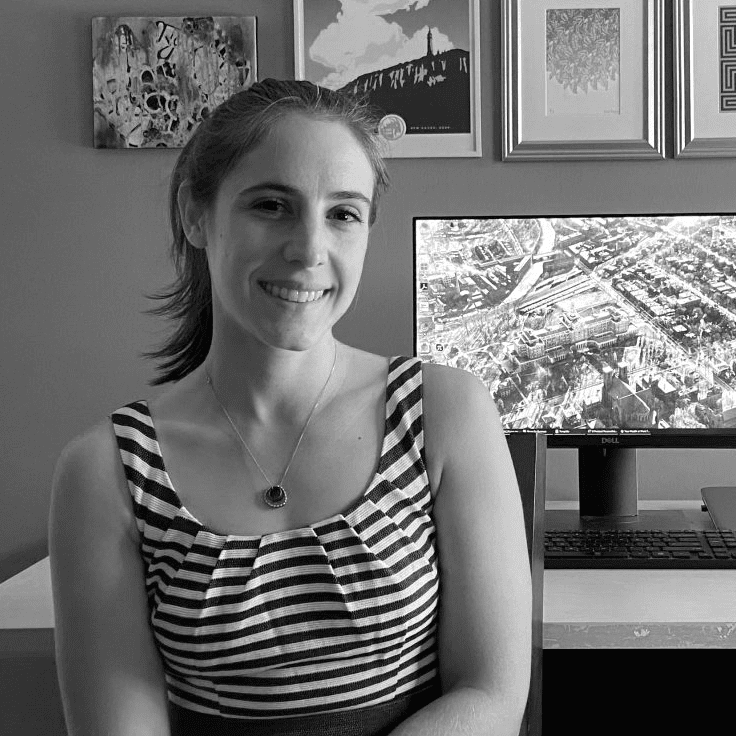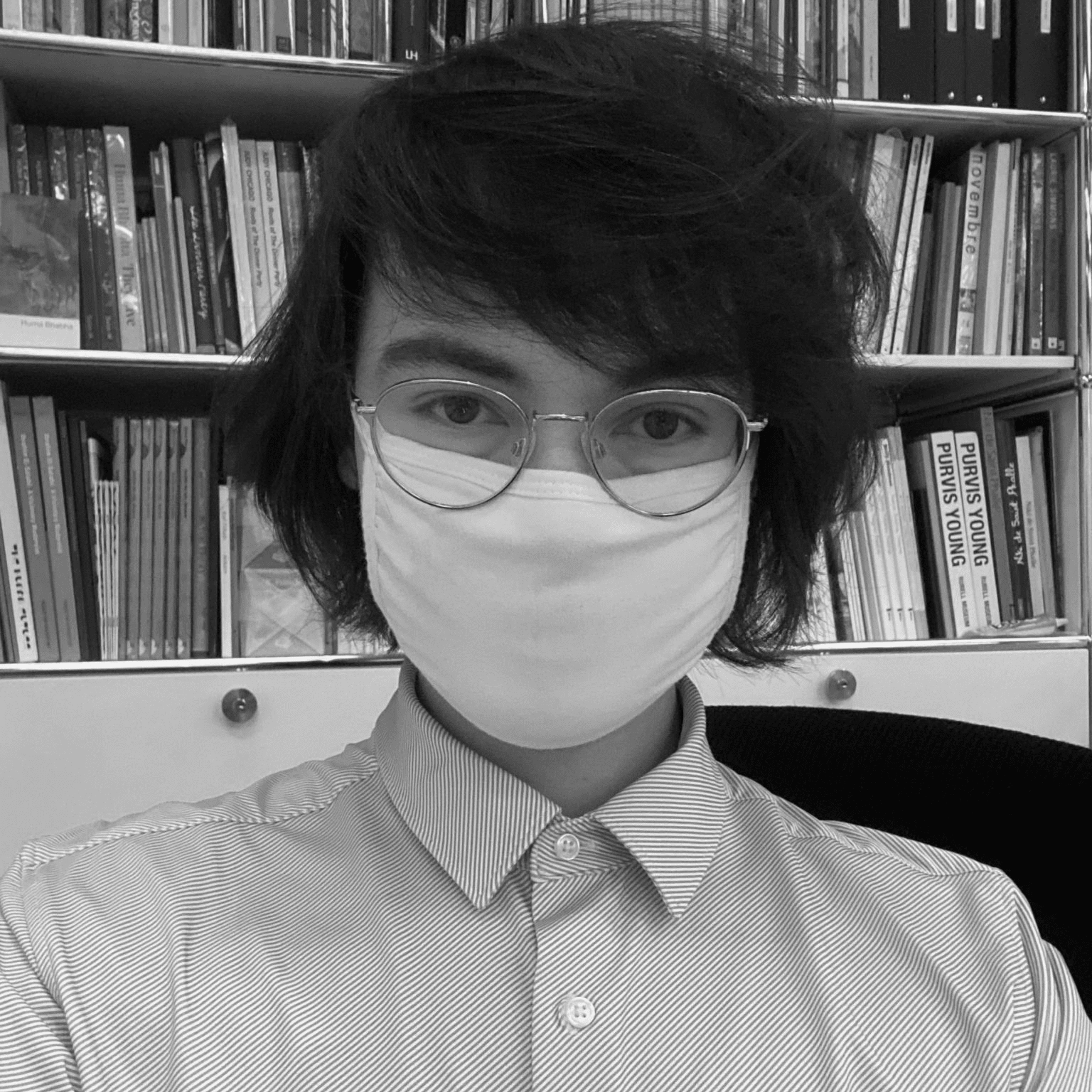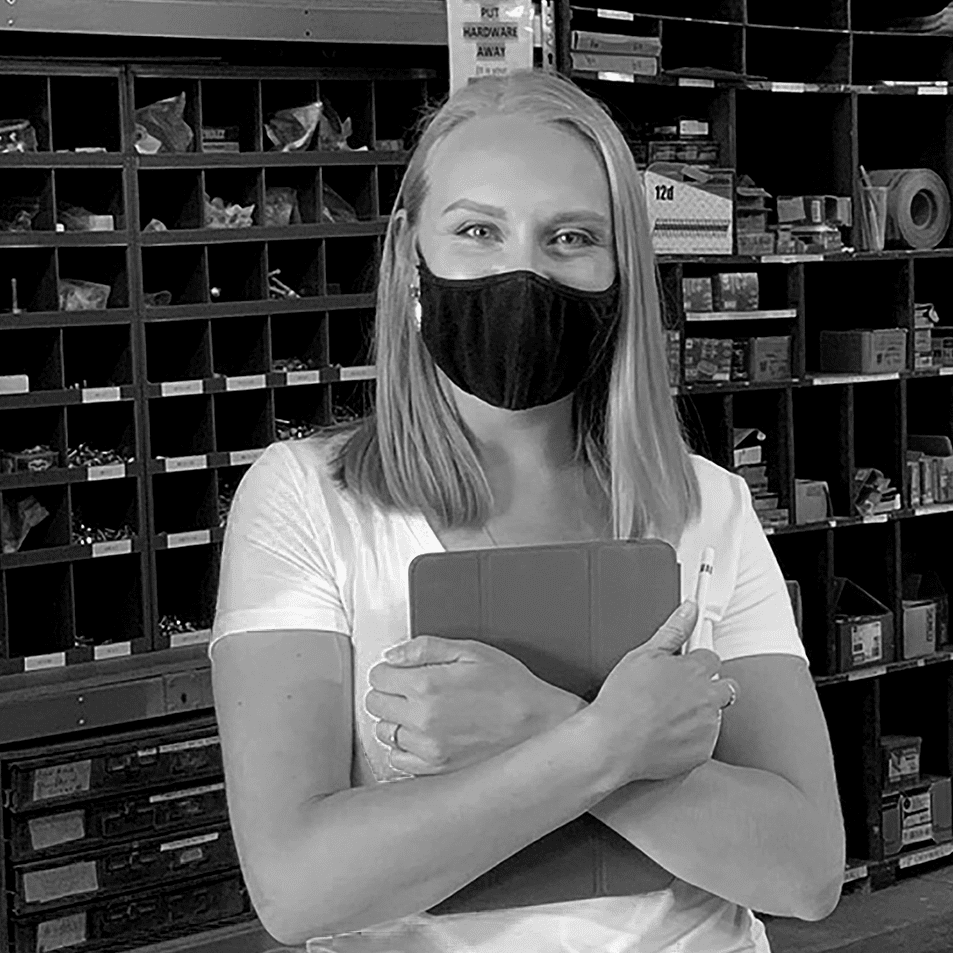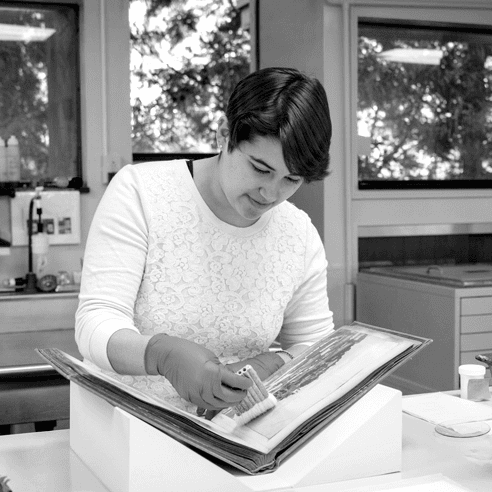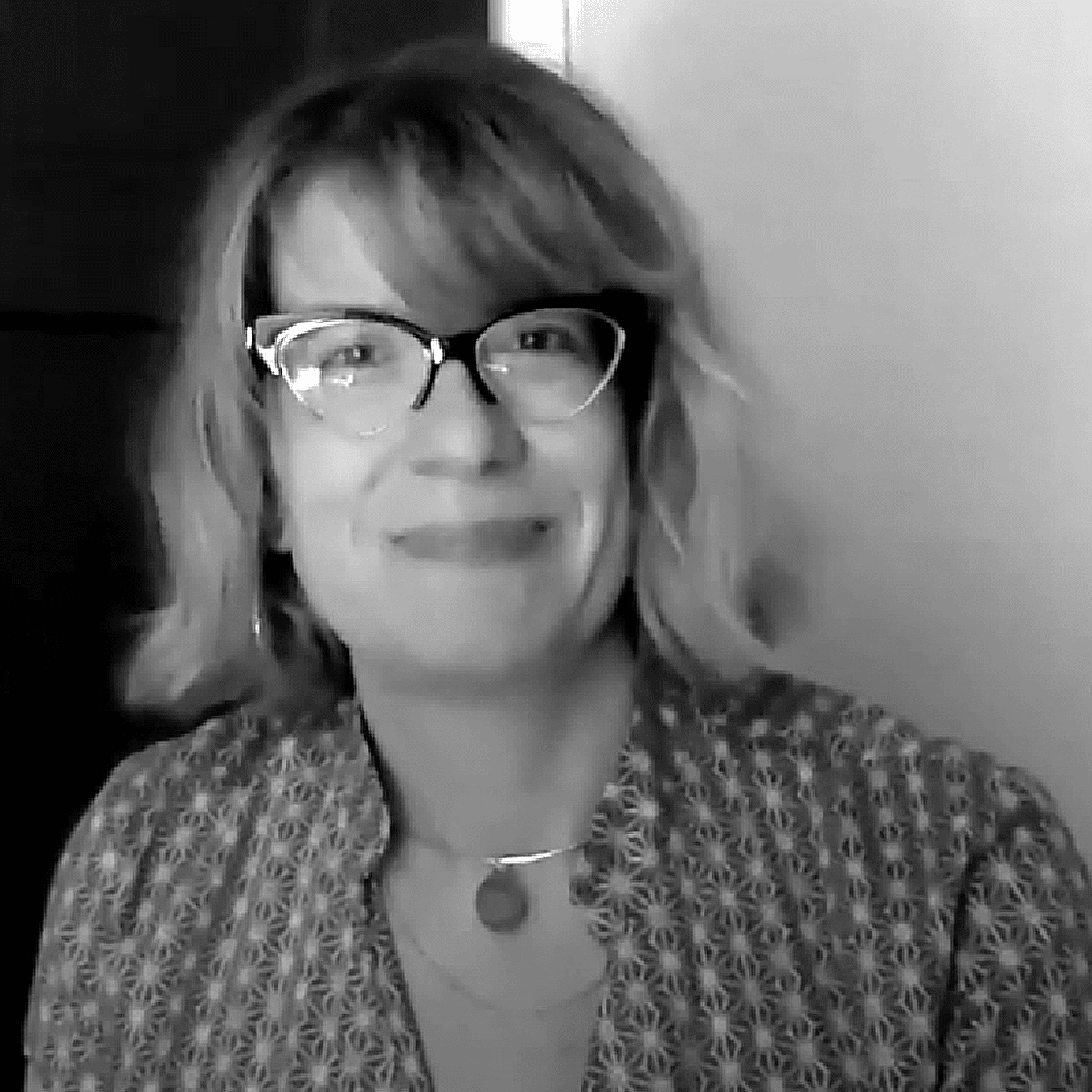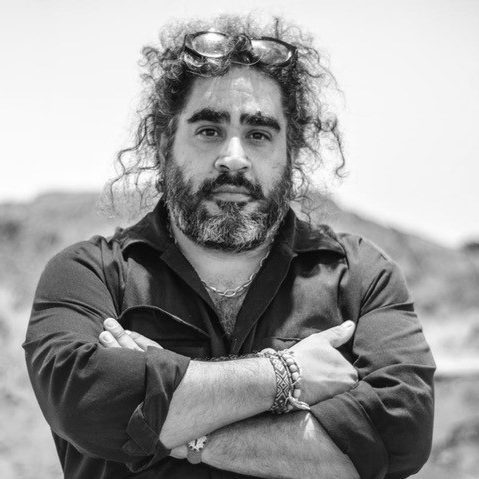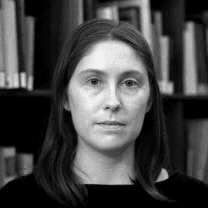BA Degree in Art History
We live in a visual world. But do we understand what we are seeing? How can we see with more historical context? More agency? How can we transform this visual world?
Answer: Art History.
Art History at UCONN focuses on art’s transformative capacity to change the way we see and understand the world. Art History emphasizes not only the aesthetic and historical meanings of art, visual culture, and objects, but also their ability to address issues of social justice and social significance in our increasingly visual world. Art History endows core skills—critical observing, thinking, and writing—for seeing a better world. There is no field, no career, no area of work that is not enhanced by a degree in Art History. Skills honed by study in Art History are skills needed in all walks of life. Graduates succeed in arts professions such as curatorships, art conservation, gallery and museum directorships and management, arts administration, art critics, and non-profit work. Yet most take the skills gained through their study of Art History to pursue careers in areas such as law, healthcare, business, international relations, publishing, politics, and marketing.
BA Degree in Art History Requirements
A minimum of 120 total degree credits are required for a BA degree. Students must complete 6 credits from Art History 1000 level courses, 6 Studio Art credits, and complete 24–33 credits at the 2000-level or higher in Art History drawn from the below categories. Students must also complete the Art History Capstone seminar.
6
Art History 1000 Level Credits
+
24–33
2000+ Level Art History Credits
+
3
Art History Capstone (ARTH4020)
+
6
Studio Art Credits
How do I apply for a Major in Art History?
Step 1
Submission of University application
This step should be completed before submitting your essay to Slideroom
Step 2
Submission of an essay
This step should be completed after submitting the University application in Step 1
Suggested Sequence of Study
Suggested Sequences of Study for BFA concentrations are only samples/suggested course schedules. Requirements are subject to change and may vary based on catalog year, curriculum changes and course availability.
First Year
Semester 1
ARTH 1000-level Course
ARTH 1000-level Course
ENGL 1007
Q Course (MATH or STAT)
TOI Course
Semester 2
ARTH 2000-level Course
ARTH Group A Course
ART Studio Course
TOI 6 Lab Course
TOI Course
Second Year
Semester 3
ARTH Group B Course
ART Studio Course
TOI Course
Q Course
Language I or Elective
Semester 4
ARTH Group C Course
ARTH W Course
ARTH 3000 Level Course
TOI Course
Language II or Elective
Third Year
Semester 5
ARTH 3000 Level Course
2000-level+ Related Course
TOI Course
W Course
Elective
Semester 6
ARTH 4020
2000-level+ Related Course
TOI Course
Elective
Elective
Fourth Year
Semester 7**
2000-level+ Related Course
TOI Course
Elective
Elective
Elective
Semester 8
000-level+ Related Course
Elective
Elective
Elective
Elective
For more detail about the Art History Plan of Study download the most recent sample PDF
Minor Degree in Art History Requirements
A Minor in Art History provides students with an interdisciplinary understanding of the current and historical roles that the visual arts play in a range of artistic, cultural and social contexts. Students are required to complete fifteen 2000-3000 level credits in Art History drawn from the three primary Art History groups listed above: Group A: Ancient, Medieval or Renaissance Art; Group B: Art from the 19th Century to the Present; Group C: Art from Global Perspectives
15
Art History Requirements at the 2000–4000 level
How do I apply for a Minor in Art History?
Complete the Art History Minor Declaration Form
Arrange for a meeting with the Art History Coordinator and complete the Art History Minor Declaration Form.
Art History Alumni Perspectives
…having a minor in Art History helped me stand out from other candidates…
“My studies in Art History have played a material role in my career as an Actuary, from the beginning to the present. In interviewing for internships and full time positions, having a minor in Art History helped me stand out from other candidates, as it showed how well-rounded I was. In my day to day work I do a lot of analysis and modeling, working with data. Art History taught me the importance of digging deeper, understanding the context and the larger story of works of art. I use these skills, this mentality, every day in my work, as I dig into the data and understand its sources and contexts to find a story."
To understand the significance of images in our culture is an increasingly valuable asset.
"Whenever I told anyone I studied art history at UConn, their first reaction was always: How do you expect to find a job after graduation? The truth is, an art history degree has not only lifted me towards a fulfilling career working directly with artists and the countless industries their work empowers, but more importantly the critical thinking skills and razor-sharp observational I gleaned from an arts background informs both how I navigate daily obstacles as well as larger existential questions. To understand the significance of images in our culture is an increasingly valuable asset as we forge ahead into truly unknown territory. My art history education makes me feel secure in my ability to confront the world and the people who shape it."
Every culture expresses themselves visually, so cultures can be understood holistically through their art.
“I decided to study Art History in order to become a better global citizen after graduation. My personal theory was that since every culture expresses themselves visually and cultures can be understood holistically through their art. The resources available through UConn’s School of Fine Arts prepare you with a grounded historical knowledge to view the world today. Personally, this mission has become a useful tool I use everyday in the tourism industry. A simple mention of a painting or artist from a guest’s home country brightens their spirit and eases their travel anxiety. I am proud to have graduated from UConn because the classes, the teachers, the classmates, even the hard days, have all brought more empathy to my life. Empathy has led to curiosity which led to working in foreign countries and working in and traveling to 33 of our beautiful states since graduation in 2017.“
I fell in love with what I thought was simply a unique (and way more fun) way of studying human history and society.
“The luckiest day of my life was when my freshman advisor put me into my first Art History class; during that semester, I fell in love with what I thought was simply a unique (and way more fun) way of studying human history and society. Instead, I also gained writing and researching skills that landed me a job in the middle of a booming industry in Los Angeles. My degree in Art History taught me to see, and to simultaneously understand both micro and macro. Complexly coded portraiture is not dissimilar from designing a user experience. Learning how to read and understand human perception through art prepared me to think critically about everything I see, and I think that’s invaluable.”
You need a complete understanding of art as living history, and art history certainly provided that perspective.
"I have always had a love for art, its materiality, history, and especially its cultural impact both past and present. Taking art history classes was an essential part to my understanding of how all these aspects merge together to create the vast number of experiences and stories that art and objects have to tell, especially in my line of work conserving library and archives collections. You need a complete understanding of art as living history, and art history certainly provided that perspective."
People
My work
Select Publications
Contributing author, "History of Early American Landscape Design" digital resource, Center for Advanced Study in the Visual Arts, National Gallery of Art.
“Chaotic Life: Representing the Freshwater Polyp,” J18: A Journal of Eighteenth-Century Art and Culture (Aug. 2016).
“William Bartram’s Inimitable Picture: Representation as the Pursuit of Natural Knowledge,” Journal of Florida Studies 1:4 (Dec. 2015).
Newspaper/Radio/Other Media
Alina Tugend, “Displaying, Not Hiding, the Reality of Slave Labor in Art,” New York Times, Oct. 23, 2019.
Jason Daley, “Museums Tie Portraits to the Wealthy to their Slaveholding Pasts,” Smithsonian Magazine (June 20, 2018).
Maria Garcia, “At the Worcester Art Museum, New Signs Tell Visitors Which Early American Subjects Benefited from Slavery,” WBUR, June 7, 2018.
Sarah E. Bond, “Can Art Museums Help Illuminate Early American Connections to Slavery?” Hyperallergic, Apr. 25, 2018.
My work
Select Publications
Contributing author, "History of Early American Landscape Design" digital resource, Center for Advanced Study in the Visual Arts, National Gallery of Art.
“Chaotic Life: Representing the Freshwater Polyp,” J18: A Journal of Eighteenth-Century Art and Culture (Aug. 2016).
“William Bartram’s Inimitable Picture: Representation as the Pursuit of Natural Knowledge,” Journal of Florida Studies 1:4 (Dec. 2015).
Newspaper/Radio/Other Media
Alina Tugend, “Displaying, Not Hiding, the Reality of Slave Labor in Art,” New York Times, Oct. 23, 2019.
Jason Daley, “Museums Tie Portraits to the Wealthy to their Slaveholding Pasts,” Smithsonian Magazine (June 20, 2018).
Maria Garcia, “At the Worcester Art Museum, New Signs Tell Visitors Which Early American Subjects Benefited from Slavery,” WBUR, June 7, 2018.
Sarah E. Bond, “Can Art Museums Help Illuminate Early American Connections to Slavery?” Hyperallergic, Apr. 25, 2018.
My work
Select Publications
“Repairing Symbolic Reparations: Assessing the Effectiveness of Memorialization in the Inter-
American System of Human Rights," International Journal of Transitional Justice 14 (1) (March 2020): 165-192.
"Two Double Negatives, in Robin Kelsey & Blake Stimson, eds., The Meaning of Photography (New Haven: Yale University Press, 2008), 130-147.
My work
Select Publications
- “Participatory Art at the Border,” in The Future is LatinX, ed. Yulia Tikhanova (Willimantic: Eastern Connecticut State University, 2020): 15-19.
- "Enrique Chagoya," Bomb Magazine (Winter 2001)
- "Witnessing Revolution, Forging a Nation,” in Paint the Revolution: Mexican Modernism 1910-1950, eds. Renato González Mello et al, (New Haven: Yale University Press/Philadelphia: Philadelphia Museum of Art, 2016), 2-9.
My work
Select Publications
Contributing author, "History of Early American Landscape Design" digital resource, Center for Advanced Study in the Visual Arts, National Gallery of Art.
“Chaotic Life: Representing the Freshwater Polyp,” J18: A Journal of Eighteenth-Century Art and Culture (Aug. 2016).
“William Bartram’s Inimitable Picture: Representation as the Pursuit of Natural Knowledge,” Journal of Florida Studies 1:4 (Dec. 2015).
Newspaper/Radio/Other Media
Alina Tugend, “Displaying, Not Hiding, the Reality of Slave Labor in Art,” New York Times, Oct. 23, 2019.
Jason Daley, “Museums Tie Portraits to the Wealthy to their Slaveholding Pasts,” Smithsonian Magazine (June 20, 2018).
Maria Garcia, “At the Worcester Art Museum, New Signs Tell Visitors Which Early American Subjects Benefited from Slavery,” WBUR, June 7, 2018.
Sarah E. Bond, “Can Art Museums Help Illuminate Early American Connections to Slavery?” Hyperallergic, Apr. 25, 2018.
My work
Human Rights and Visual Culture:
Dr. Orwicz is a founding member of the Symbolic Reparations Research Project (SRRP), which analyzes the role of art and aesthetic memorialization in symbolic reparations for victims-survivors of human rights violations in the Americas. The SRRP provides best practice recommendations and interpretive guidance on the use of art in conceptualizing and implementing programs for symbolic reparation, in accordance with the norms of international human rights. Dr. Orwicz researches the role of visual culture and media in shaping a contemporary politics of human rights and humanitarianism. His publications include:
“In Re: Communication 22/2009 L.C. v Peru,” Technical Opinion co-authored with Symbolic Reparations Research Project (SRRP) submitted to United Nations High Commissioner for Human Rights, Committee on the Elimination of Discrimination Against Women (2015).
“Guidelines on the Use of Art in Symbolic Reparations,” co-authored with Symbolic Reparations Research Project (SRRP), to be submitted to Inter-American Court of Human Rights (forthcoming 2016).
“Memory, Testimony and Violence: Documents of Endless War,” in L. Rexer, ed., Jesús Abad Colorado, Photography and Violence in Colombia, Harvard University Press (forthcoming 2017).
“The Aesthetics of the Human and the Question of the Perpetrator in Symbolic Reparations,” London School of Economics (forthcoming, 2016)
“Problemas de memorialización: el caso Campo Algodonero v México,” in Y. Sierra, ed., Reparación simbólica a las víctimas de violación de derechos humanos, Universidad Externado de Colombia (forthcoming, 2016)
“Conflict Photography,” CAAreviews online (2016)
“The Pathology of Empire,” Boundary2, vol.35, no.1 (2008)
The Social History of Art:
Dr. Orwicz’s second scholarly project concerns the ideological and historical development of social art history in Europe and the US. His publications include:
“L’oeuvre d’art et son autonomie face à l’histoire: Jan Gerrit Van Gelder,” Histoire sociale de l'art: une anthologie critique, 1930-1990, R.Froissart et al., eds., INHA, Paris (2016).
“Arnold Hauser,” in M. Kelly, ed., Encyclopedia of Aesthetics, Oxford University Press (2014).
"Nicos Hadjinicolaou and the Revision of Marxist Art History," in Y. Hadjinicolaou, ed., ΔΙΑΔΡΟΜΕΣ, Πανεπιστήμιο Ρέθυμνο (2013).
“Class and Political Agency: Marxist Art History and the New Left in the US,” Kunst und Politik, no. 12 (2010).
Nineteenth-Century France:
Dr. Orwicz also researches visual art and institutional politics in early Third Republic France (1871-1900), focusing on the role of art and visual culture in the formation of regional and national identities. In addition to his edited book, Art Criticism and its Institutions in 19th Century France (Manchester University Press, 1994), his publications include:
“Paul Gauguin et la dialectique spatio-temporelle de la modernité, in F.Cousiné, ed., L’Impressionism: du Plein-Air au territoire, Actes de Colloque, Presses Université de Rouen (2013).
“Art, Etat et Ideologies aux XIXe et XXe siècles,” Perspective, La revue de l’INHA no. 2 (2012).
“Nationalism and Representation, in Theory,” in J. Hargrove & N. McWilliam, eds. Nationalism and French Visual Culture, 1870-1914, Washington D.C.: National Gallery (2004).
